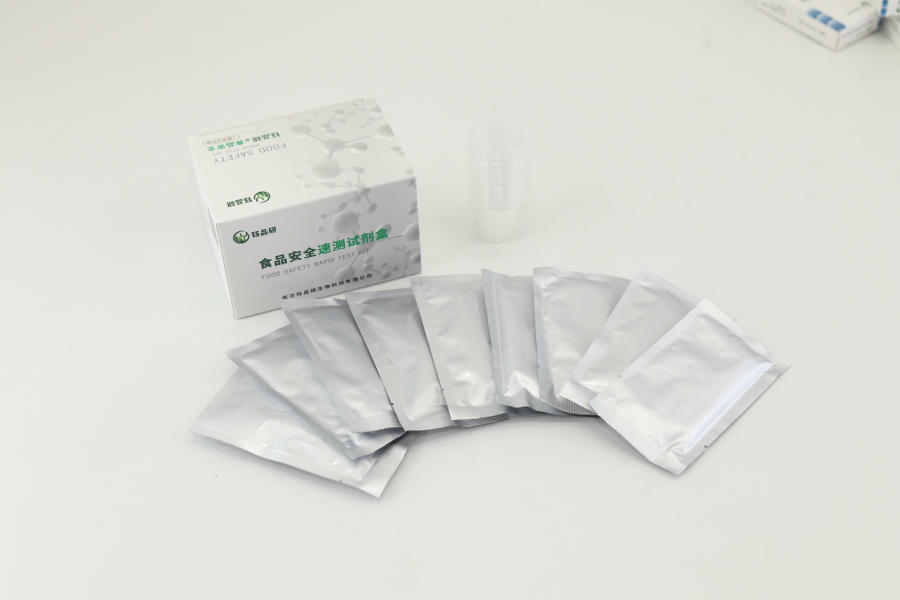As an important source of nutrients in the daily diet, the quality and safety of poultry eggs are directly related to the health of consumers. In recent years, with the widespread use of antibiotics in the breeding process, there may be drug residues in poultry eggs. Among them, ofloxacin, as a commonly used fluoroquinolone antibiotic, may cause potential harm to the human body if the residues exceed the standard, such as affecting the nervous system and joint development. In order to quickly and accurately detect ofloxacin residues in poultry eggs, the rapid detection card of ofloxacin colloidal gold in poultry eggs came into being.
So, what exactly is this detection card? It is a rapid screening product based on colloidal gold immunochromatography technology. It is mainly used for qualitative or semi-quantitative detection of ofloxacin residues in poultry eggs (such as eggs, duck eggs, etc.). Its core principle is the use of antigen-antibody specific binding reaction: The detection card contains key components such as sample pad, binding pad, reaction membrane and absorbent pad. When the sample (such as the supernatant of poultry egg homogenate after extraction) is added dropwise to the addition well, it will move along the test strip and flow through the binding pad, reaction membrane and absorbent pad in turn. On the binding pad, the colloidal gold-labeled ofloxacin-carrier protein conjugate competed with the ofloxacin in the sample to bind the precoated ofloxacin monoclonal antibody on the reaction membrane detection line. If the concentration of ofloxacin in the sample does not exceed the standard, the colloidal gold marker will bind to the detection line antibody and develop color; conversely, if the residue of ofloxacin exceeds the standard, it will bind to the detection line antibody and hinder the colloidal gold marker from developing color. At this time, the detection line does not develop color. By comparing with the quality control line (regardless of the concentration of ofloxacin, it will develop color), the test result can be quickly judged.
Compared with traditional detection methods (such as high-performance liquid chromatography, mass spectrometry, etc.), the detection card has significant advantages: first, the detection efficiency is high, the whole process only takes 15-30 minutes, without the need for complex instruments and professional operation; second, the operation is convenient, users only need a few simple steps (adding samples, waiting for results) to complete the detection, without professional training; third, the sensitivity is strong, can detect as low as ng/mL level of ofloxacin residues; fourth, the cost is low, suitable for large-scale, normalized screening; fifth, the portability is good, can be quickly deployed in farms, markets, laboratories and other sites, timely detection of problem products, reduce risk spread.
At present, the rapid detection card of ofloxacin colloidal gold in poultry eggs has been widely used in all aspects of the poultry egg industry chain. Aquaculture enterprises can monitor the use of antibiotics in the production process of poultry eggs through regular self-inspection, and control the quality of products from the source; market supervision departments can use them to quickly screen poultry egg products on the market during daily sampling inspections, and promptly investigate and deal with illegal products with excessive residues; import and export inspection and quarantine agencies can also use them to conduct rapid customs clearance testing to ensure food safety in international trade.
In short, the emergence of the rapid detection card of ofloxacin colloidal gold in poultry eggs provides an efficient and practical technical support for the quality and safety supervision of poultry eggs, which can not only effectively control the health risks caused by the abuse of antibiotics, but also improve the efficiency of food safety supervision.


